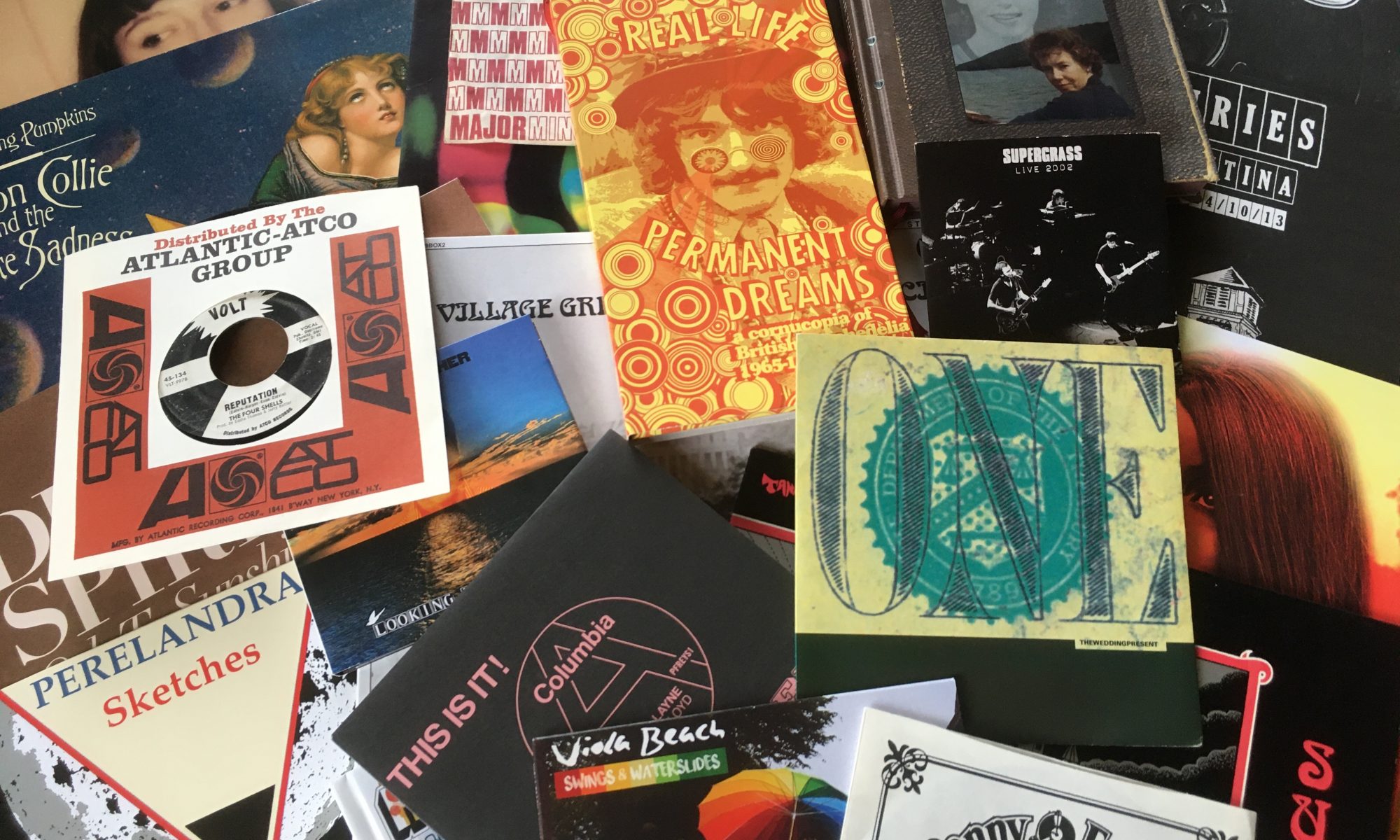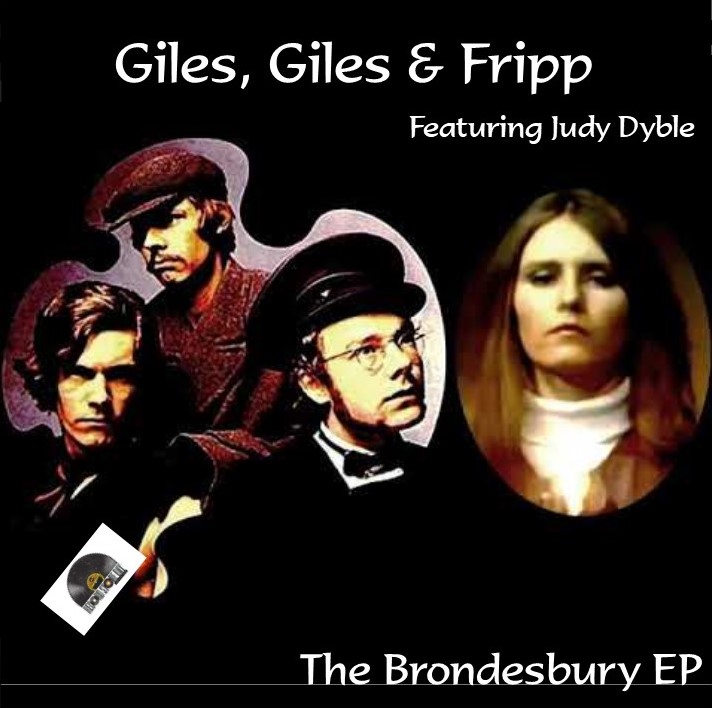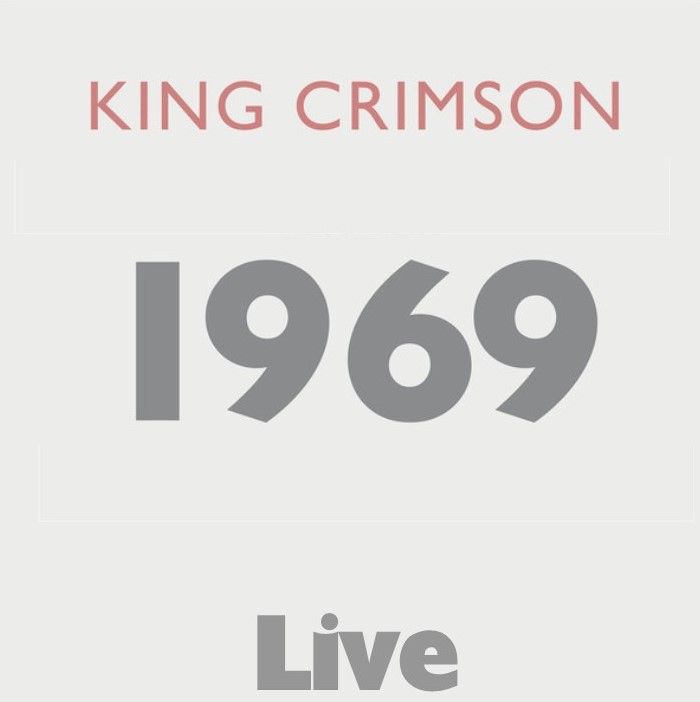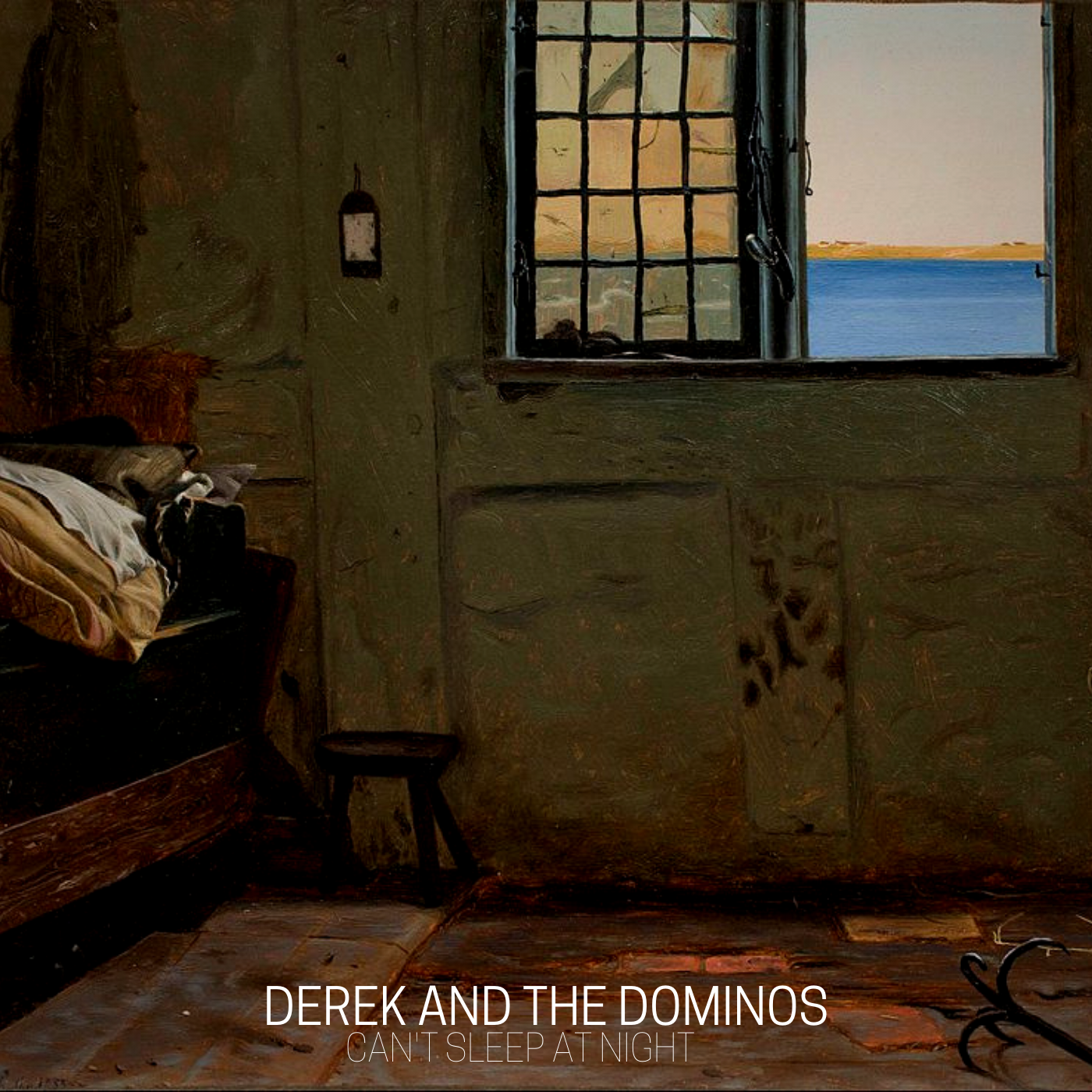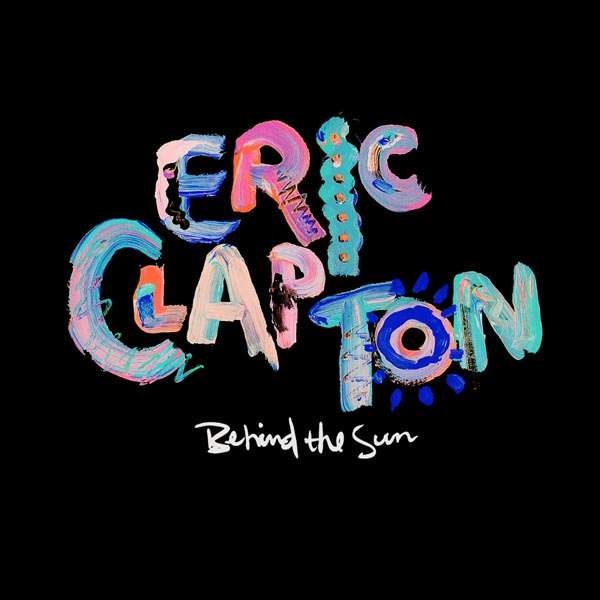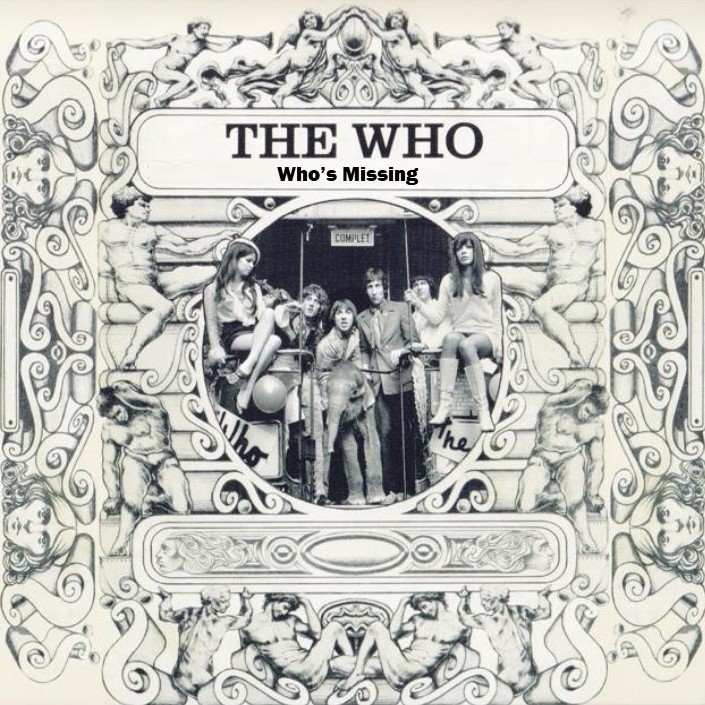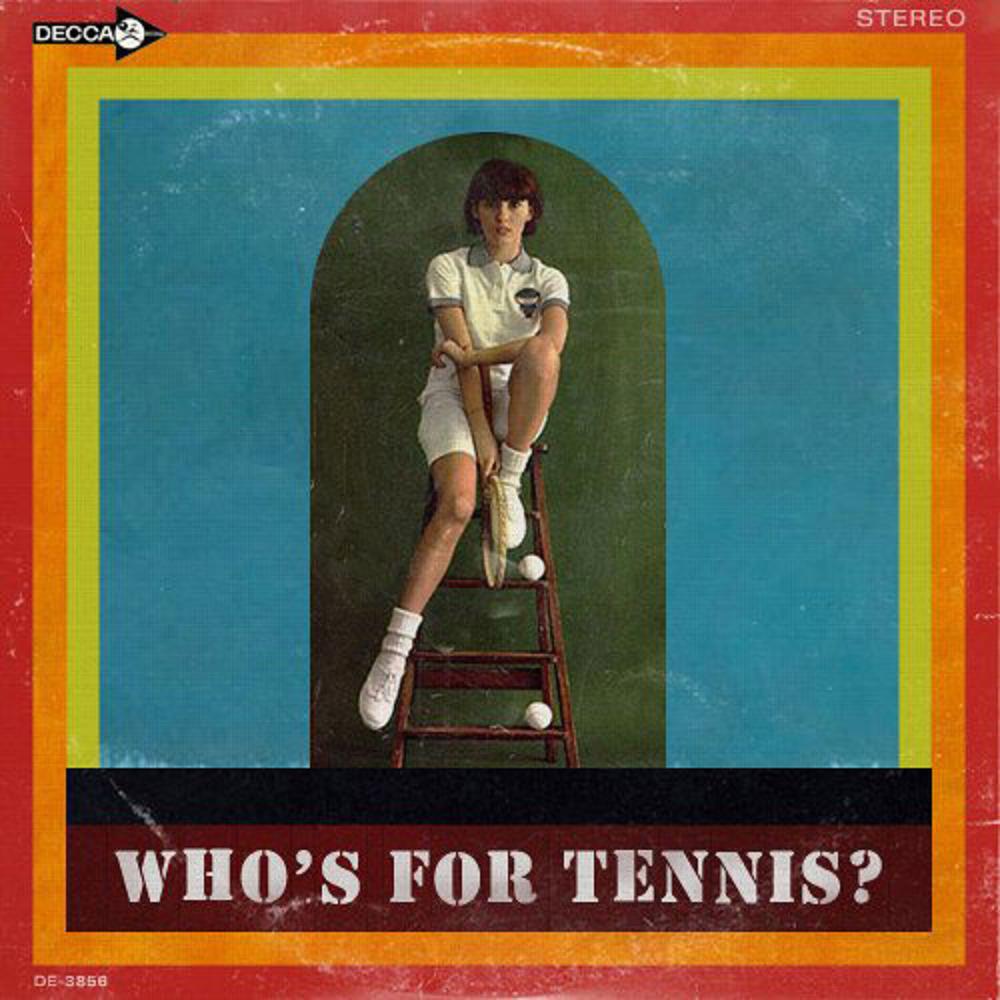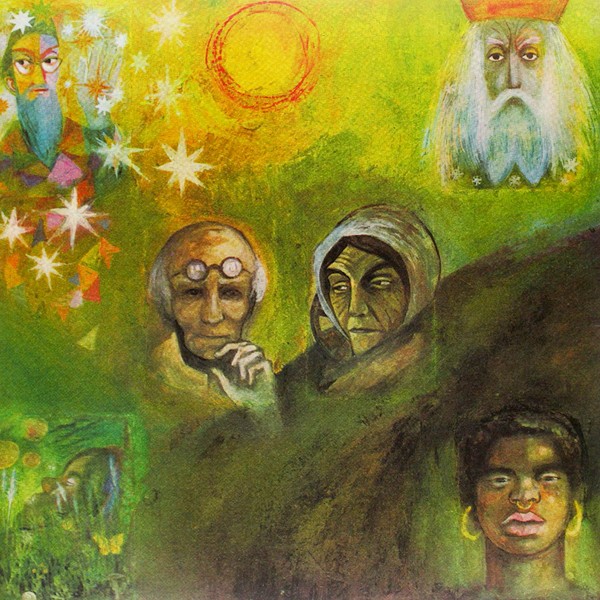
After listening to the ‘Complete 1969 Recordings’ box set, especially the live recordings, it was clear that a good number of of the songs that would end up on either the second King Crimson album ‘In the Wake of Poseidon’ or the ‘McDonald & Giles’ LP were already being performed by the band. This lead me to think what a second King Crimson album would sound like if the original line up and not imploded at the end of 1969. Reasons for the split are many. Drummer Michael Giles was finding the touring life a strain, as well as not coping very well with the bands increasing popularity. Too much speed plus not enough sleep and missing home, McDonald was also missing his girlfriend. Multi-instrumentalist Ian McDonald was also not coping very well with life on the road. Both Giles and Mcdonald were also not fans of where the music was going, with guitar player Robert Fripp taking the band into new and darker places. They felt that their more pastoral infused sound would be lost. Vocalist and bass player Greg Lake, was also talking to keyboard player Keith Emerson who was in The Nice about forming a band. The Nice were supporting Crimson at the Filmore East shows. A friendship ensued and by April 1970, Lake had also left Crimson to form Emerson, Lake and Palmer. Only Fripp and Lyricist Peter Sinfield were left.
Fripp was keen to continue with King Crimson and there was enough material from the previous twelve months for a new album. This would be ‘In the Wake of Poseidon’. This second album can be seen as a stop gap before Crimson really become the progressive behemoth they are famous for today. The album sounds similar to ‘In The Court of the Crimson King’, but there is some progression there as well. This similarity in sound could well be down to the fact that apart from Ian McDonald, the other three members from the first album are present, if only as sessions players or in Greg Lakes case, on the promise that he would receive King Crimson’s PA’s on payment. He would take this PA with him when he formed ELP. McDonald & Giles would join forces and release a self titled LP in 1971 that would also follow the template laid down by ‘In The Court of the Crimson King’.
However, what I was interested in was what if the original line up of King Crimson had stayed together for another year and recorded a second album. All the elements are there, even though nothing can quite replace the bombast of ‘21st Schiziod Man’ as an opening song. I decided to go with something a little calmer to start off this album which is the folk inspired ‘Is She Waiting’. This really highlights the pastoral side that Ian McDonald was afraid would not get a look in with King Crimson once Robert Fripp started to assert some dominance over the band’s sound. We then follow this up with the Michael Giles penned ‘Tomorrow’s People’ which predates King Crimson, but as far as I can see, this song was not recorded before.
‘Cadence and Cascade’ was originally recorded with Fripp’s school friend Gordon Haskell singing. However, there is a version of this song with a Greg Lake guide vocal which I decided to use as it fits in with the theme of this being a continuation from the first album. The song ‘Peace’ featured in three different configurations on the original ‘In The Wake of Poseidon’ and I did plan on using it as the opening song on this record but it just didn’t flow in a way that sounded good to me, but it fit nicely after the end of the title track.
The second side is taken up with the ‘Birdman’ suite which also took up the second side of the ‘McDonald & Giles’ album. The song took some cues form the track ‘Trees’ that had been played live by Crimson in 1969. Some of the song was written by Robert Fripp and his section would become ‘Pictures of a City’. This Fripp penned tune did not make the cut here but ‘Birdman’ does, along with another section of ‘Peace’. To finish off, I have included the single edit of ‘Cat Food’ which the band would perform on Top of the Pops. Who thought that this song would be a commercial success really must have been on something. I ditched the original B-Side which was called ‘Groon’. I replaced it with ‘Flight of the Ibis’, which does share some similarities with ‘Cadence & Crimson’. That is because originally the ‘Ibis’ song had the ‘Cadance’ lyric. When he left Crimson, Ian McDonald took the tune with him and Robert Fripp composed a similar tune to the lyrics. It would have been interesting to have had a combination of the ‘Ibis’ tune with the ‘Cadence’ lyric, but unfortunately this was not to be.
Side A
- Is She Waiting?*
- Tomorrow’s People – The Children Of Today*
- Cadence & Cascade (Greg Lake Guide Vocal)
- In The Wake Of Poseidon
- Peace – A Beginning
Side B
- Birdman*
- The Inventor’s Dream (O.U.A.T)
- The Workshop
- Wishbone Ascension
- Birdman Flies!
- Wings In The Sunset
- Birdman – The Reflection
- Peace – An End
Single
- Cat Food (Single Mix)
- Flight of The Ibis*
The cover art is the image that was on the back of the original ‘In The Wake of Poseidon’ gatefold sleeve.
This record could not be reproduced on Spotify.
*McDonald & Giles – McDonald & Giles LP
**King Crimson – In The Wake Of Poseidon LP
